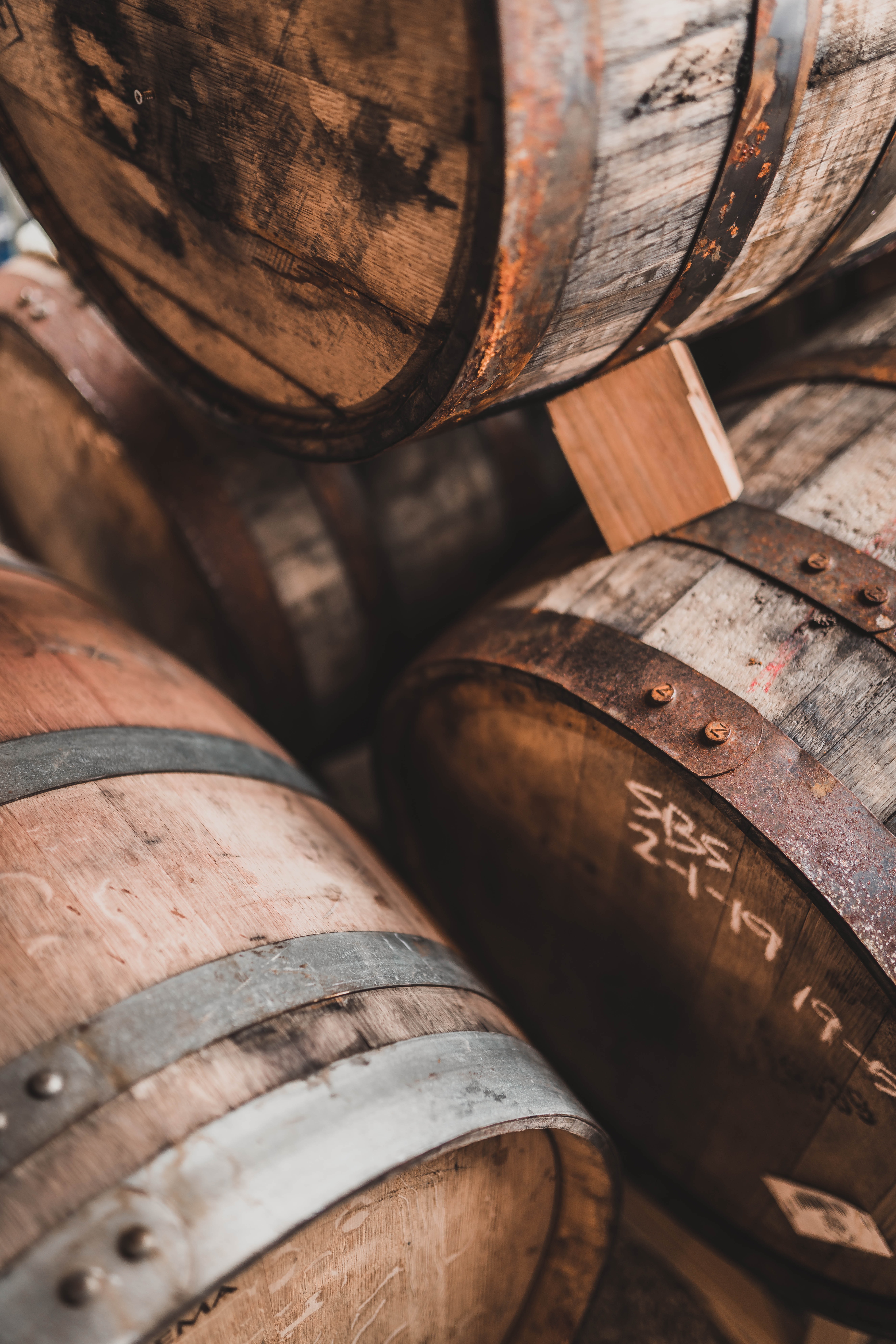September Outturn 2022 Chariman’s Column
I was recently privileged to attend an exploratory tasting put on by a new Australian distillery. Still in its early days, the distillery had some samples drawn from casks that were works-in-progress, and the owners were keen for some candid and honest feedback about where their spirit sat and how it was interacting with different casks and wood types.
In contrast to many of the other newer Aussie distilleries to set up in the last four to seven years, the distillery made the far-reaching decision to fill only into larger barrels, e.g. 200 litre ex-bourbon casks, and 250-300L sherry hogsheads and the like. The results were impressive: Good spirit, filled into good wood, matured in good conditions and given time for all three components of maturation to take place…will generally hit the mark. This particular distillery appears to have found its sweet spot from the get-go.
For many reasons — most of them revolving around finance, capital, patience, and cash flow — many new Aussie start-up distilleries opt to use smaller casks, generally either 20L, 50L, or 100L. The smaller casks can assist with economies of scale and the size of production, cost of wood investment, and the time needed to bring their product to market. There is a truth that whisky can mature faster in smaller casks, but that’s only part of the picture….as we’ll explore in a moment. The theory goes that because smaller casks result in a greater ratio of  {wood surface area} to {litres of liquid}, there is greater scope for the oak to influence the spirit.
{wood surface area} to {litres of liquid}, there is greater scope for the oak to influence the spirit.
A three-pronged process
The fly in the ointment is that whisky maturation in oak is a three-pronged process: It is additive, subtractive, and interactive. The cask will add flavour and character to the spirit (for example, wood sugars, oaky notes, tannins, the influence of the previous filling (e.g. sherry) and colour will be added to the spirit). The cask and the maturation/evaporation process will subtract certain volatiles, compounds, and characteristics from the spirit. And the cask and spirit will combine for an interactive interplay. This is where the magic happens as certain chemical and molecular reactions occur between the wood, the spirit, the residuals left by previous fillings, and — most importantly, oxygen, to create new flavours and aromas.
Time is therefore critical with maturation, and due time is needed for all three of these processes to play out. Many distilleries have played with 20L or 50L casks in order to fast-track their maturation and bring spirit to market earlier (often at just over two years of age — the legal minimum in Australia), only to find that the bottled product can sometimes underwhelm. Sure, the additive and interactive processes have played out, often producing dark and very oaky whisky, but many remain hot, aggressive, sulphury, and volatile….because the all-important subtractive process has not had a chance to fully develop. The “hot and sulphury” observation can often be exacerbated when using ex-wine casks that have only been toasted, rather than properly charred (the charred oak acts as a filter that helps remove sulphur compounds from the spirit).
Nothing against the smalls
That’s not to say or suggest that small cask maturation doesn’t work, or that every small-cask release is somehow flawed. As it happens, I’ve been fortunate to try some stunning Aussie whisky from 20L and 50L casks where everything just “clicked”. That being said, as someone who watches this space closely, it’s been my observation that, generally speaking, there is a slowly growing tendency for serious Australian distilleries to move from small cask to big cask maturation programs.

The irony is that, for some time now, many distilleries and producers in Scotland are going the other way! Perhaps dating back to 2003/4 when Laphroaig first brought out their Quarter Cask release, many distilleries are utilising smaller casks for special limited edition or one off releases. Newer distilleries — such as Ardnamurchan and Glasgow Distillery — have brought out some wonderful whiskies at relatively young ages (in the context of Scotch) that showed quality and development beyond their years. Quarter casks, octaves, and even bloodtubs have been behind some youthful but stunning releases.
Of course, nothing in this subject is really that black and white, and there are many other factors that come in to play and ultimately influence how “young” whisky will taste at 3, 4, 5, and 6 years. (For example, the nature, quality, and character of the new make spirit; the climate and ambient temperature/humidity in the maturation warehouses; how active the wood is, and so on.) It’s a dynamic and exciting space to watch. And of all the other questions that a distillery must ask itself, there’s now a new one to consider: Bigs or smalls?
This article features in the September 2022 Outturn — available to read Friday the 26th of August midday AEST; bottles will be available to purchase on Friday the 2nd of September midday AEST exclusively to members of The Scotch Malt Whisky Society. Not a member? Click here to learn more about the world’s most colourful whisky club.








